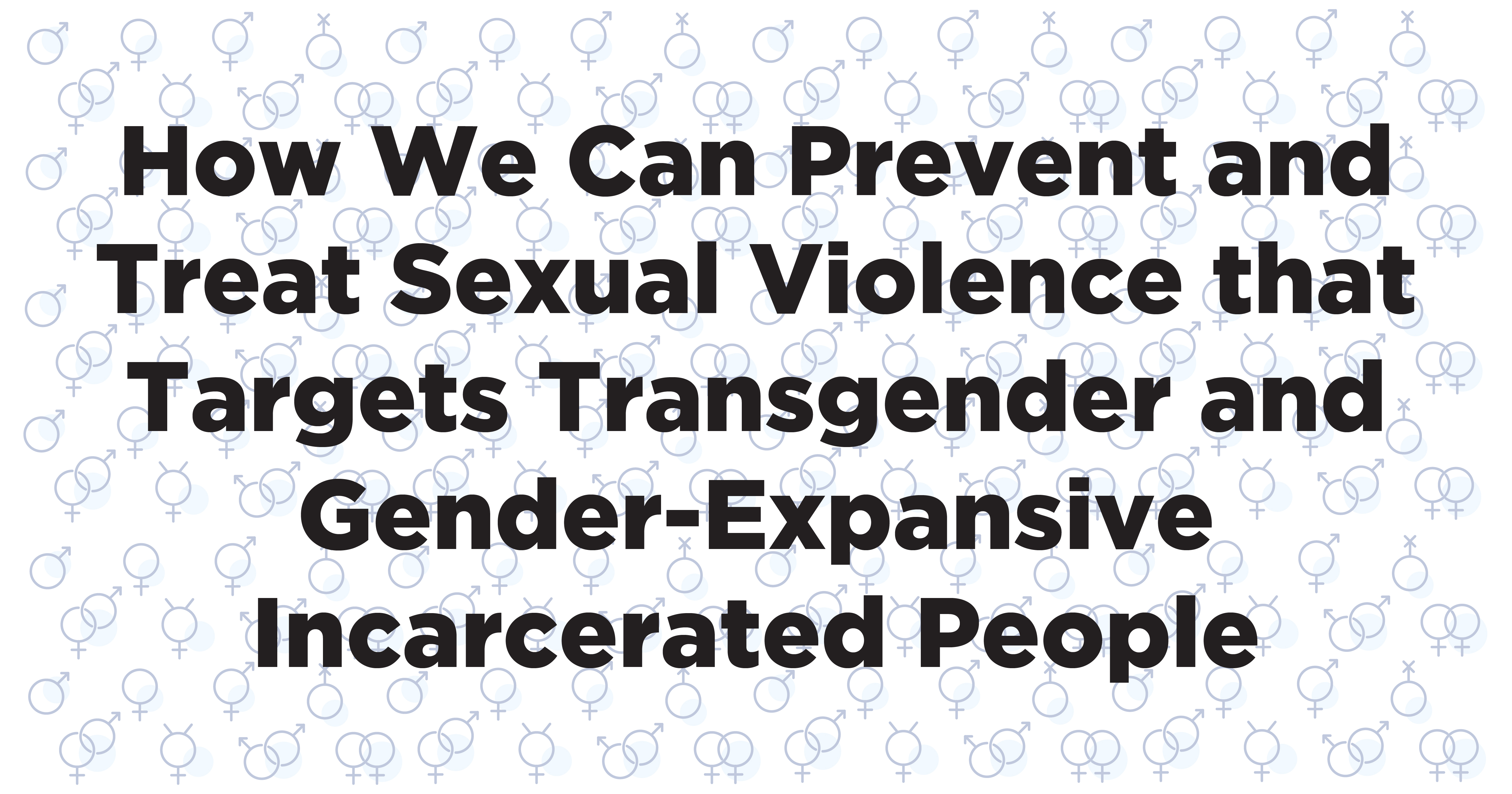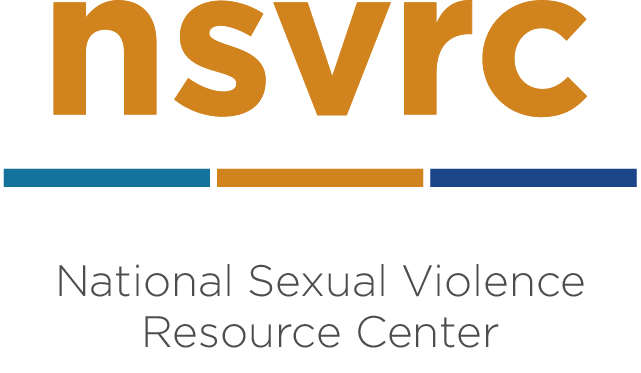
This is the second excerpt of a two-part interview. Be sure to read the first part here.
- How might being a racial minority impact the experiences of a transgender/gender-expansive survivor in incarceration?
Intersectionality plays a role in people’s experience across the board. Whether that person is in detention or outside of detention. In particular, Black transgender women experience some of the highest rates of violence both in and outside of detention. Holding multiple oppressed identities means that if a person is being discriminated against, they’re being discriminated against on a multitude of levels.
- To combat sexual violence against incarcerated people (particularly incarcerated transgender/gender-expansive people), are there different underlying factors that need to be confronted between private and public prisons?
Similarly to what I’ve been talking about in terms of the differences in how we can serve trans women and trans men, or how we can serve youth or adults…In terms of this question, “How can we work with private prisons and public prisons and people incarcerated in different areas?”...regardless of the type of facility (whether it’s a state prison, federal prison, private prison, youth facility, a jail), this anti-trans sentiment is what’s pervasive. It doesn’t matter what type of facility we’re talking about. The same principles of providing basic humanization of people, basic care, and support apply across the board. All of that is required if we’re going to confront the violence that incarcerated trans people face.
- As the issue of sexual violence against incarcerated transgender people has become more well-known, has your organization observed any institutional or policy changes that have been effective at curbing or confronting this sexual violence?
In our society, transgender people and trans identities have become more and more visible. Although I would still say, we’re just touching the surface of the experiences of incarcerated transgender people. I honestly wish I could say that the issue of sexual violence against transgender people was well-known. I don’t know if we can say that. I will say that there have been some protective policies and practices in place across different states. Unfortunately, even when there are these good policies and laws, oftentimes, what I find is that they’re not being implemented well. So, great ideas and laws, but on the ground they just aren’t happening. I think it is really important for more places to start enacting these policies, but even more importantly, that they start implementing them on a real level because we want to make sure that transgender people are able to access the care and support that they need. There has been a shift, but I think that shift has been very, very slow. There’s still a lot of work to be done.
- An incredibly harmful stigma that continually gets perpetuated against transgender people (and to the rest of the LGBTQIA+ community) is that they are presumed to be sexual predators themselves. Has that stigma, in combination with a transgender person’s incarcerated status, made it harder to achieve justice and create meaningful change for this community? What sort of messaging do you think is most effective in curbing both of those stigmas in your work?
Incarcerated people, trans people especially, face so much stigma. Throughout our work, it’s so important that we’re affirming that no matter someone’s identity, no matter where someone is housed, no matter if someone has committed a crime, no one deserves to be sexually abused and that everyone deserves care and support for the abuse that they’ve experienced. That is the message that can be repeated over and over again. It can’t be stated enough. The humanization of incarcerated people is a huge part of our work, and there’s so much that we go against because that just doesn’t exist across the board. One way that we can start to do that is with our language. Our language can be a great place to start in terms of changing culture. We often use language that helps to reflect our values and reflects what people want to be referred to as. In doing this, we use the term “incarcerated person” rather than “inmate.” We use people’s chosen names and pronouns. We always believe survivors and what they share with us about their experiences. Those are tenets that I think advocates can follow because they go along with the rest of our work. We can also speak up in support of legislation that uplifts transgender people and incarcerated people's rights. I think those are some of the ways that we can curb some of that stigma.
- How has Just Detention International’s approach to addressing the needs of the transgender/gender-expansive community behind bars evolved over the years?
Trans folks continue to be disproportionately targeted and our work must center that. Unfortunately, we work within detention systems that are often hostile to trans people and trans identities. That’s what makes our efforts even more important. We do a lot of work in collaboration with trans rights organizations and with trans leaders who are incarcerated or formerly incarcerated. JDI has and will continue to fight for the safety and dignity of incarcerated trans people.
- Anything else that you’d like to add?
I think that there has (in particular in the last few years) been an increase in anti-trans legislation and a lot of hate towards the transgender community. Anytime that happens, we can safely assume that that hate is even stronger inside of detention facilities and that people who are incarcerated face an increased amount of hate. That’s where, as advocates, there’s so much we can do. There’s so much that advocates can do to support trans people, and this is a part of the work to end sexual violence. I’m excited that people are starting to learn more and to be interested in this, because I think if we’re going to end sexual violence, our work has to include trans people. If we’re going to end sexual violence, our work has to include incarcerated people.
This blog was published in The Resource 2025 online magazine special issue on Sexual Violence and Sexual Health Outside the Gender Binary.
About the Author:
Kris Mady (He/him/his & They/them/theirs) is a Program Director at Just Detention International, a Los Angeles-based nonprofit that seeks to end sexual abuse in all forms of detention. As part of JDI's domestic programs team, Kris helps bring together corrections agencies and community rape crisis centers, ensuring that incarcerated survivors can get vital services to help them heal. Kris also supports JDI’s groundbreaking wellness programs inside prisons and jails, and responds to letters and crisis calls from incarcerated survivors. Kris previously worked at a rape crisis center providing services to survivors via hotline, hospital and legal accompaniment, and support groups. He has also served as the board secretary for a youth LGBTQ organization in South Carolina and assisted with a small grants program providing support and financial assistance for transgender people.
